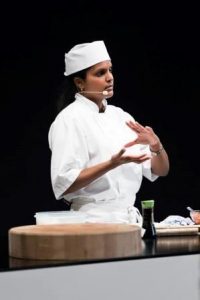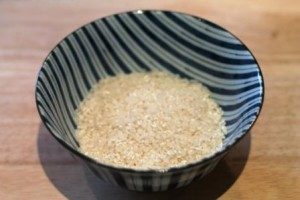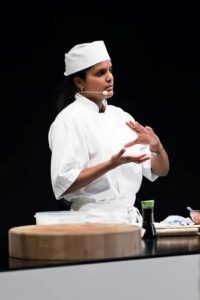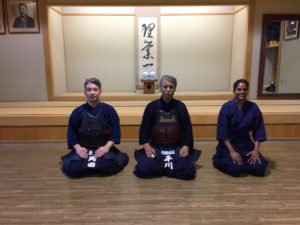 There are several reasons why it is difficult to cook sushi ris. You use less water compare to “normal” rice which means that it only that it takes very little to get them wrong.
There are several reasons why it is difficult to cook sushi ris. You use less water compare to “normal” rice which means that it only that it takes very little to get them wrong.
The perfect sushi rice is solid but at the same time soft. It very diffcult to cook perfect sushi rice.
Another factor that has a major influence on cooking sushi rice is the weather. If it rains, snow or a hot summer day it will affect the process of cooking of sushi rice.
It means that you might have to change the way you cook the rice every time.
Read more about the class Sushi course for beginners
_
Zoë har holdt foredrag og afholdt sushikurser for A.P. Møller – Mærsk, Hugo Boss Nordic, Novo Nordisk, Novartis,Velux, Gorrissen Federspiel, Beierholm revision, Elbek & Vejrup og mange flere.






